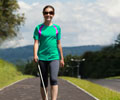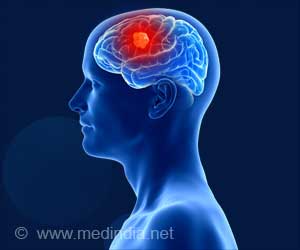Surveys reveal that over the past two decades in the developed world, the rates of blindness and impaired eyesight have plummeted.

They found 243 suitable studies out of a total of 15,000 worldwide that were representative of many populations.
They then used statistical methods to calculate estimates of the prevalence and most common causes of blindness and impaired vision/partial sightedness between 1990 and 2010 for all 190 countries.
Over the 20 year period, the prevalence of blindness halved in high income countries, falling from 3.314 million people (0.2% of the population) to 2.736 million people (0.1% of the population).
Similarly, the prevalence of partial sightedness/impaired vision dropped by 38%, falling from 25.362 million (1.6% of the population) to 22.176 million people (1% of the population).
Globally, the prevalence of blindness and partial sightedness/impaired vision also fell during this period - by 37% and 27%, respectively.
Advertisement
The most common cause of blindness changed during this time from cataract (clouding of the lens) to macular degeneration (degenerative condition affecting central vision) - except in eastern and central European countries.
Advertisement
"[This] shows that even for the highly developed countries one of the most effective, cheapest, and safest ways of improving vision loss by providing adequate spectacles for correcting refractive errors, is being overlooked," the authors point out.
And they warn that the surge in the prevalence of diabetes will have an enormous impact on eye health, with upwards of 100 million people expected to develop diabetic retinopathy, around a third of whom risk losing their sight. Many people with diabetes will also be at risk of glaucoma and cataract, they add.
"Strategies to screen for diabetic retinopathy and provide timely treatment access are critical to prevent this condition from having a greater impact on blindness prevalence in the future," they write.
Source-Eurekalert











